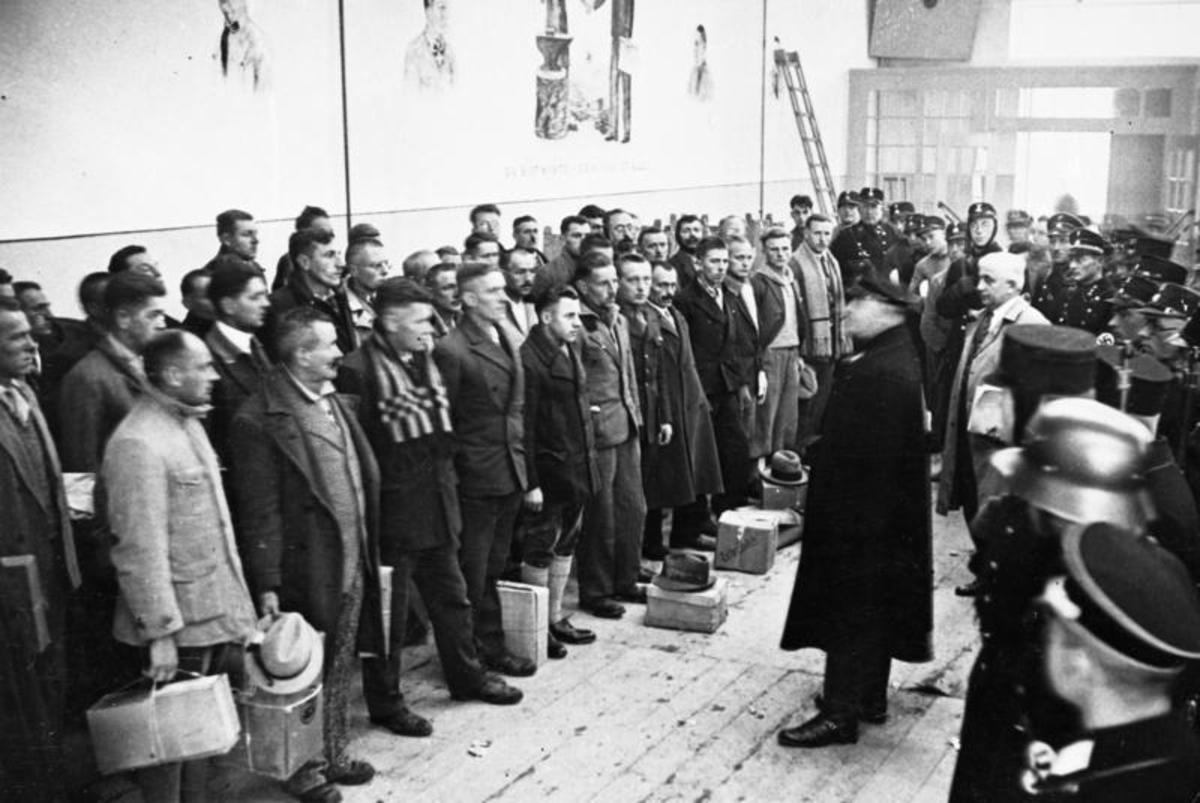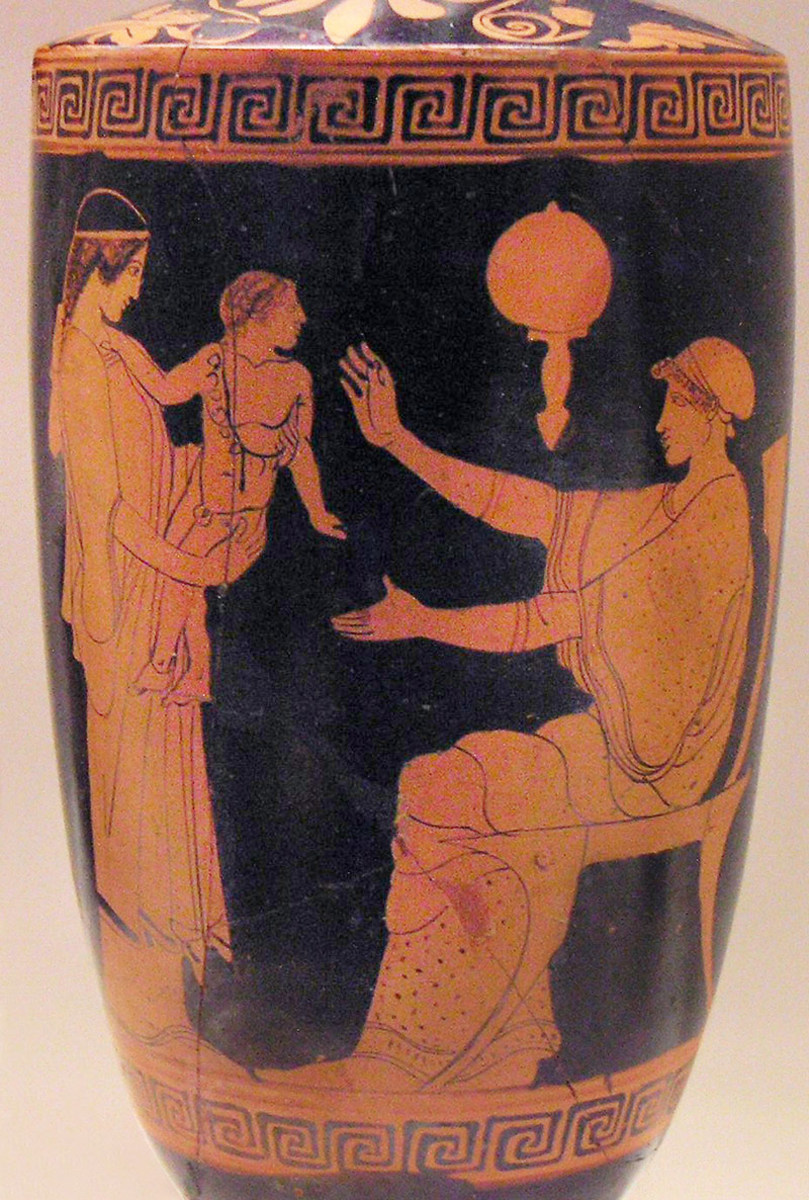Management, The stanford Prison Experiment, concentration camps, slavery and the corrupting effect of power

Power corrupts. Experiments and history show that given power over another you may become an authoritarian sadist. Situational forces, group dynamics and institutional culture may mean the role you play takes you over. This happened with Slavery and WW II concentration camps and the Stanford Prison Experiment
If you have power over others, whether you a world leader or a clerk in a social security office you could end up doing something evil. Not big awesome Miltonian evil, but tiny banal evil that prepares you for something worse just as concentration camp commandants in World War II gradually became monsters. Evil is banal and we can be groomed into evil in small steps then find we are unable to turn back.
And you may become what you hate, as in Tom Robinson's song Yuppy Scum where the teenagers mooning at the rich become the rich complaining to the police about teenagers mooning at them.
The 1971 Stanford Prison Experiment corrupted the guards, experimenters and associates and had similarities with Nazi concentration camps and Slavery. Slavery degraded slaves less because slaves were valuable property. Slavery gave rise to modern management techniques which also tend to deindividualise and dehumanise people, as the universal renaming of Personnel departments as Human Resources shows. And these techniques account for much of the dysfunctionality in modern business culture.

The Stanford Prison Experiment
In 1971 Philip Zimbardo planned a two week experiment using a simulated prison with volunteer subjects to investigate the psychology of prison life. After six days it was abandoned because of the effects on the subjects. Half the subjects were randomly chosen as guards and became sadistic.
Significantly is how the experiment affected the experimenters and associates who found their role dictating their behaviour and changing their personality and making their real life identities seem unreal. This effect on the experimenters is the focus here.
The exercise of power made some guards sadistic and as time passed their behaviour became more extreme. The guards countered a prison rebellion on the second day with force then began to harass and intimidate prisoners and then used psychological tactics similar to those used in real prisons to break prisoner solidarity and sow mistrust.
When the experimenters heard a rumour of an escape plot, instead of observing the experiment they became worried about “their” prison and worked with the warden and others to foil the escape.
Zimbardo was so far into his role that he forgot he was an academic carrying out an experiment:
I was sitting there all alone, waiting anxiously for the intruders to break in, when who should happen along but a colleague and former Yale graduate student roommate, Gordon Bower. Gordon had heard we were doing an experiment, and he came to see what was going on. I briefly described what we were up to, and Gordon asked me a very simple question: "Say, what's the independent variable in this study?"
To my surprise, I got really angry at him. Here I had a prison break on my hands. The security of my men and the stability of my prison was at stake, and now, I had to deal with this bleeding-heart, liberal, academic, effete dingdong who was concerned about the independent variable! It wasn't until much later that I realized how far into my prison role I was at that point -- that I was thinking like a prison superintendent rather than a research psychologist.
An experiment consultant, a former convict, was sickened by the person he became during the parole hearing: as Head of the Parole board he literally became the most hated authoritarian official imaginable – his own tormentor who, when the consultant was a prisoner, had rejected his annual parole requests for 16 years. He had become what he hated.
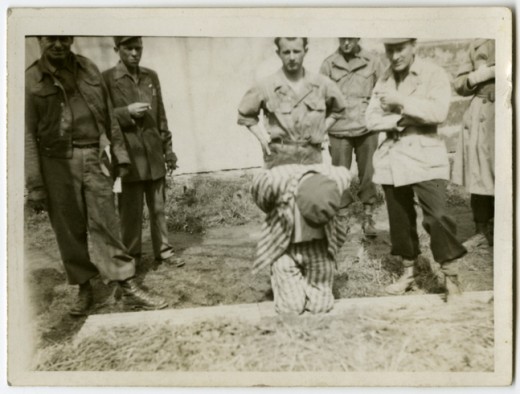
Concentration Camp Commandments
Concentration camp commanders in WW II did not start as evil, they descended into evil by small steps each one of which led to them considering their prisoners as less than human. In effect they were groomed, by events and situations, to become monsters.
They were basically managers with almost unlimited licence to do whatever they wanted to the prisoners: Killing those capable of work, was forbidden since the aim was to work them to death.
As in the Stanford Prison experiment, the commandants, and those under them became sadistic, or at least ceased to see their prisoners as human. This seems to be a common effect in wartime. Since chimpanzees indulge in warfare, it is tempting to attribute this to our evolutionary history, but there is insufficient evidence to test this.
Concentration Camp Commanders were mainly SS members. Like the prison guards in the Stanford experiment their SS membership gave these largely grey and unimaginative nonentities an identity and this, with the role they were playing let them treat their prisoners badly. Like the guards in the Stanford Experiment they demanded press ups as a form of punishment and where the Stanford Prisoners named the most macho and brutal guard John Wayne, the experimenters discovered that the most notorious guard in a Nazi prison near Buchenwald was named "Tom Mix" – the John Wayne of an earlier generation -- because of his "Wild West" cowboy macho image in abusing camp inmates.
As with the Stanford Experiment it took a while for the Commandants to adjust to their power as they descended gradually to more and more extreme treatment of their prisoners.
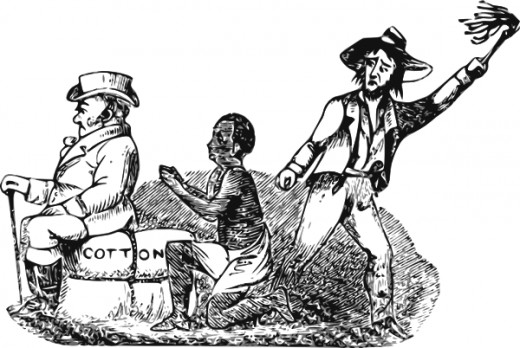
Slavery
A similar situation arose with Slavery in 19th Century America, with the needs for profit tempering slaveowner behaviour. While many slaves were treated abominably they were valuable property, at least once the slave trade became illegal, when replacing a dead or maimed slave relatively cheaply was no longer an option. It is becoming recognised that many of today's management practices were first invented as ways of optimising the return from slaves, who were dehumanised and treated as human resources. The data needed by these practices could only have been obtained from slave labour: Free labour would have just quit
Slaves were under the total control of overseers and at a higher level the slave owners. Since slaves were valuable - A slave cost several times the annual wage of a free worker – and business logic required a return on investment the owners could not treat them too badly and the loss of writing off an asset before it had been maximally exploited may have stayed the hand of any owners who had a degree of self control and managed to stay sober.
As with the Stanford experiment guards some owners made life easier for their property, others were hard but fair and some were brutal sadists exploiting their power over the slaves for various reasons.

Management
The internet has a number of memes showing at least superficial similarities between Prison, Slavery Employment, which was known as Wage Slavery at the time Britain was shifting towards a wage economy during the 18th century and modern management. The main difference, according to supporters of the current employment based model of work, is that employees are free to quit.
This is true.
However that right is to some extent illusory, or at least cannot always be exercised without damaging the worker, and employers have been known to ensure that employees cannot resign, for example by paying them with tokens only redeemable at the company store or requiring them to live in company provided accommodation with rent automatically deducted from their pay. Such tactics still occur today, though more subtly, for example requiring workers to pay for uniforms or protective clothing. It may also be a stupid move to resign in a one company town or state.
If the freedom to leave aspect is ignored there seems to be an overlap between the way these institutions treat human beings.
Some of today's management practices originated in the slave era, for example depreciation- Plantation owners decreased the book value of a slave as they aged or became less able to work. Owners also used tricks to maximise production such as holding contests with small cash prizes for those who picked the most cotton, and then requiring the winners to pick that much cotton from there on out. Slave narratives describe how others used the data to calculate punishment, meting out whippings according to how many pounds each picker fell short.
Similar incentive plans reappeared in early twentieth-century factories, with managers dangling the promise of cash rewards if their workers reached certain production levels. Today the rewards are not cash but “Employee of the Month” or similar and employers in digital technology companies set up hackathons and take ownership of any ideas that might be exploited.
Planters also used group incentives to encourage honesty, doling out a barrel of corn to each hand with the caveat that if anything was stolen from the farm and no one turned in the thief, double the value of that corn would be deducted from each of their Christmas awards. Today the corn seems to have been replaced by bonuses based on team rather than individual performance.
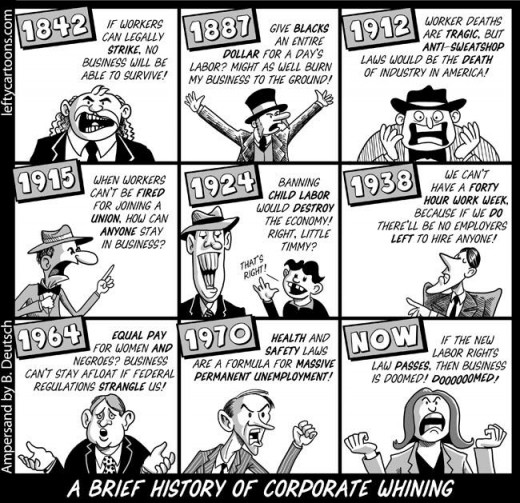
Power links Slavery, The Stanford Experiment, World War II concentration camp commanders and Modern Management, which emerged under Capitalism. In each case people had or have power over others. In the case of modern management there are rules to temper the abuse of this power, though these have not always existed and have often been adopted in the face of opposition from employers, often even in the face of evidence that making life better for workers would increase productivity and profits to quote Williams
“If the governor of Jamaica found in the planters 'a greater reluctance to part with power over the slaves than might have been expected in the present age' it is obvious how the recalcitrance of the plantocracy appeared to the slaves. The Negroes, least of all people were likely to forget that, in the words of the governor of Barbados, 'the love of power of these planters over the poor Negroes, each in his little sugar dominion, has found as great an obstacle to freedom as the love of their labour' “
Zimbardo asserts that the Stanford Experiment shows people's behaviour is conditioned by their situation and social forces can turn good people into monsters. This will occur most strongly in situations where individuals have their individuality removed and are dehumanised or even demonised.
Instead of a bad apple corrupting a barrel a bad institution: prison, plantation, concentration camp or corporation corrupts individuals. Every time an employee enters their place of work they experience the social and corporate cultural pressures involved and, after a few performance reviews and rounds of peer criticism switching to and from corporation person mode becomes habitual and subliminal.
This applies to managers as well as worker bees such as software developers. Managers can get trapped by their ego and their authority and should be aware of the dangers. It would, perhaps go too far to emulate the Roman emperors who had a slave to whisper in their ear You are only human or words to that effect. It might also be going too far to propose that potential managers undergo psychological evaluation for undesirable traits, especially when such traits mirror corporate values and are desired, at least by senior management.
Further Reading
The Stanford Prison Experiment by Zimbardo
16 Tons: The classic song about a miner's life under wage slavery and debt bondage
A renegade history Of the United States: Thaddeus Russell,Simon & Schuster 2011 ISBN 9781416576136
Plantations Practiced Modern Management
The eerie similarities of slavery management practices to modern business
THE DENIAL OF SLAVERY IN MANAGEMENT STUDIES: Bill Cooke University of Manchester IDPM DISCUSSION PAPER SERIES Paper No. 68 July 2002 Web: http://idpm.man.ac.uk
The Messy Link Between Slave Owners And Modern Management
How Money and Power Corrupt the Brain
Capitalism and Slavery, Erik Williams, University of North Carolina press 1944 the quite here is on Page 201
Soldiers of Evil: Tom Segev, Diamond books 2000 ISBN 026 167396 3

